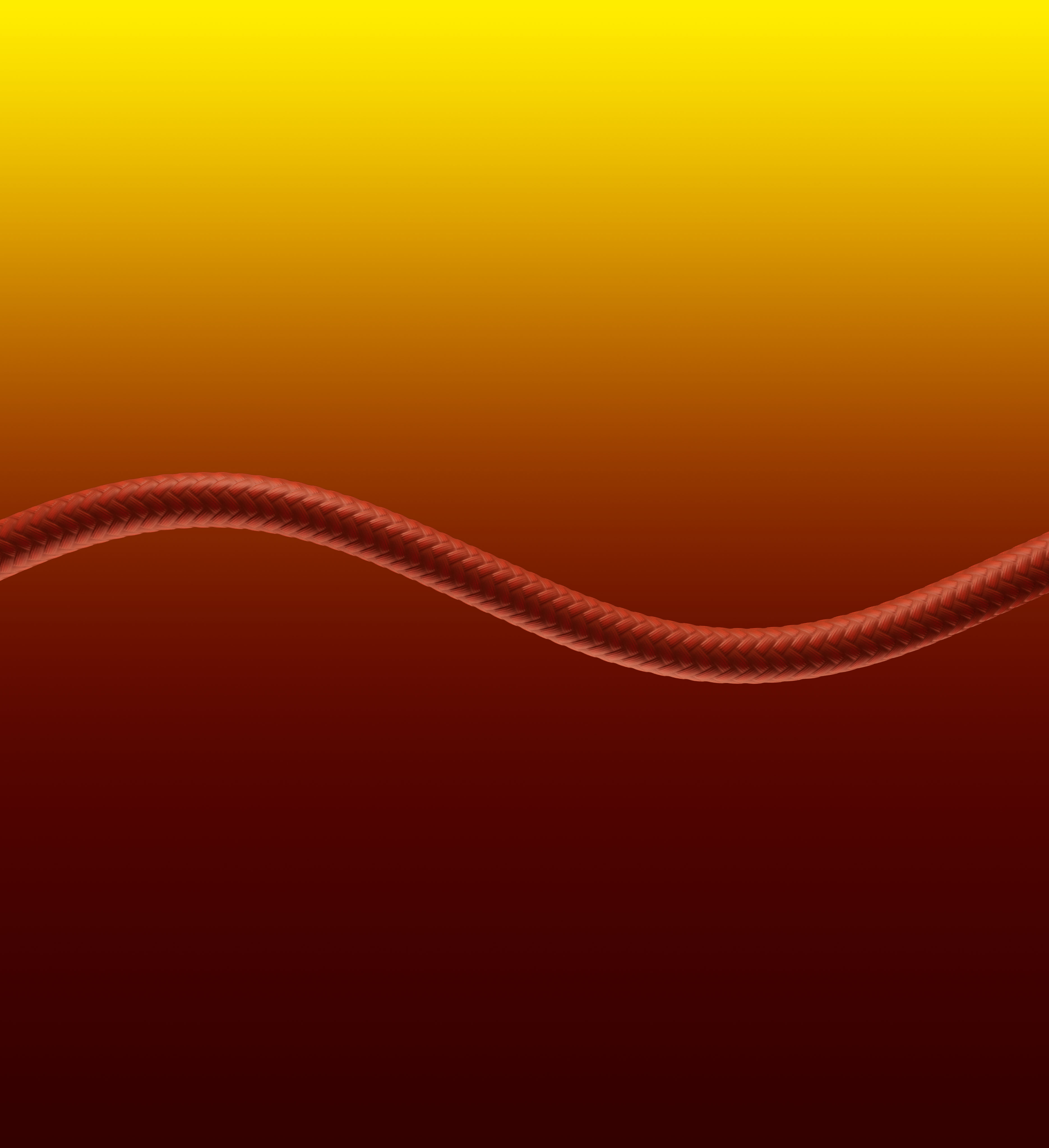Fire resistant cables
The Habiaflame™ product range consists of fire resistant and flame retardant cables and wires, that can operate in 1565°C.
There are many terms in use, but what really separates one wire or cable from another when it comes to withstanding high temperatures, or even a full-scale fire?

Firstly, we have heat resistant cables, which are slightly separate from the others. A heat resistant or high temperature wire or cable will make no performance promises if exposed to flames, but it will resist higher temperatures without melting. Basic wire and cables, like the kinds used in house wiring, will typically survive 70°C – 120°C, so high temperature cables can be considered anything from around 125°C up to the most resilient plastic: PTFE, which can continuously operate at 260°C and can even achieve <400°C for short periods.
Moving from heat to fire, we should note that these terms are not interchangeable. A plastic that is heat resistant may still burn easily, while a highly flame retardant material may only survive in relatively low temperatures. There are two key questions to ask when considering which cable or wire to use in fire conditions: if it comes into contact with fire does it burn? If so, will it allow the fire to spread further? Fire resistant cables can continue to operate as normal within fire conditions without setting fire on its surroundings.
Flame retardancy – also known as flammability – refers to how easily the plastic in a cable can catch fire, whether it drips when it does, and whether those droplets will be flaming or not. A good, flame retardant material will be able to sit in a flame without catching fire, and if the flame is of sufficient intensity that the insulation or sheath does catch fire, it will then self-extinguish as soon as the flame source is removed. Flame retardant materials can be found in both fire resistant and flame retardant cables.
Flame propagation – increasingly referred to as flame spread – looks at how the cable burns. Unlike flammability, the flame spread properties can change from design to design, even if the materials used in the cable concept remain the same. This is because the amount of air and volume of plastic in the cable have a significant effect on the cable's ability to spread the fire as it burns. When developing a new cable concept, it is common to test the smallest, median and largest cables to ensure that the concept still passes despite changes in material thickness or ratio of compounds in the cable. Fluoropolymers like ETFE, FEP and PTFE are among the best materials for flame propagation.
Fire resistant cables, like those found in our Habiaflame and BFOU cable concepts, are considered Habia’s best performing cables under fire conditions. These cables are not only able to resist ignition and avoid flame spread, they are also able to continue to function normally for a number of hours while the fire rages around them, making them ideal for use in safety critical systems.